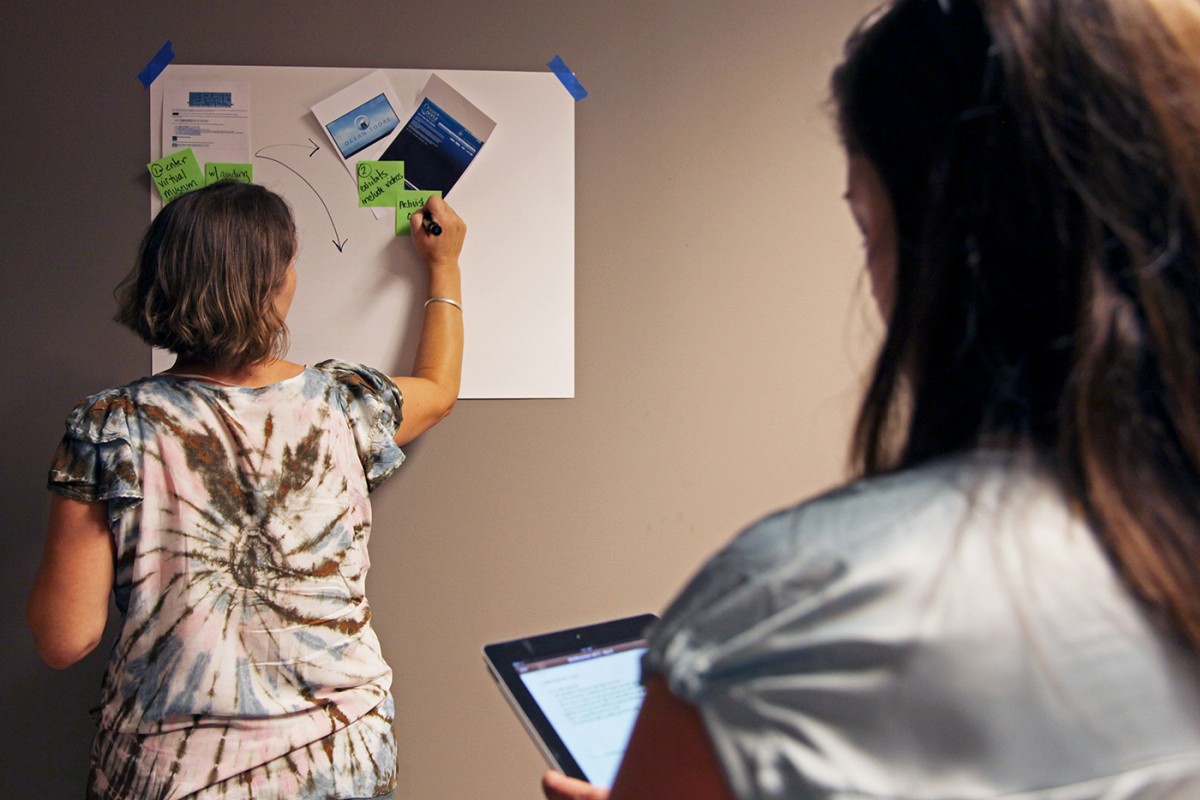
Resources
Learning Lab Collections
Resources
Learning Lab Collections

Please provide your account's email address and we will e-mail you instructions to reset your password. For assistance changing the password for a child account, please contact us